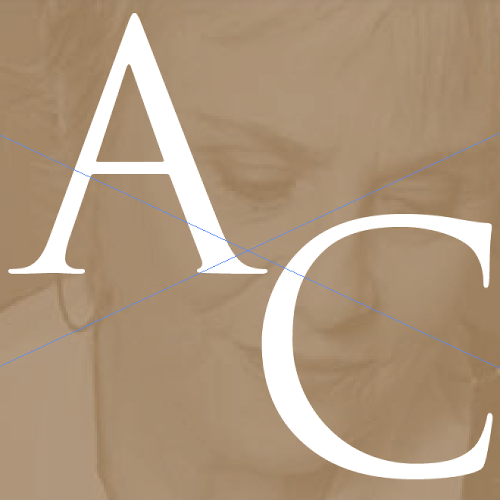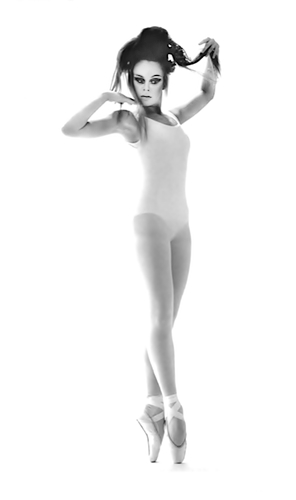THE LIFE OF INANIMATE OBJECTS
When the Covid pandemic struck and we were directed to shelter in place, after the initial shock wore off and I accepted the fact that I was going to be alone in my house for an extended period of time, I started organizing piles of unconsciousness that were lying around. I rummaged in the back of closets. I foraged the junk drawer in the kitchen, the drawers in my bedroom dresser and the shelves in the linen closet. I’ve always been a champ at letting go of things, it felt good to cull the objects that were collecting dust and taking up space, but I was stunned to have forgotten that some of them
were even there.
I sorted out the things I wanted to keep and put the giveaways in brown paper bags, when I found three old pairs of pink pointe
shoes from my past life as a ballerina, hiding behind a set of white sheets. The shoes seemed to glow and when I picked up one of them and caressed the satin ribbons, I felt movement in my hands. It was as if they were alive with memories of where they had been. My feet tingled when I remembered how it had felt to slide them into the narrow openings and crisscross the ribbons around my ankles. I would tie them snugly into a knot, tuck in the loose ends and crush the sticky rocks in the rosin box with the toes and soles of the shoes so I wouldn’t slip and fall in the rehearsal studio or onstage.
Have you ever touched an inanimate object that triggered a vivid memory of an event, a person or a place? Have you stopped to listen to the flow of a river? The splash of a waterfall or the breaking of the tides? The crackle of a fire, the movement of trees limbs in a breeze or the creaking of your house settling into the earth? This is what Native Americans call “animism,” the ancient cultural doctrine that objects, places and natural phenomena possess souls and a spiritual essence all their own, a life force that never dies.
In the mid-sixties when I was experimenting with
psychedelics and altered states of consciousness, I stared at a large rock beside a tide pool one day and I was sure that I could see the atoms moving. I had the same sensation when I studied my reflection in a mirror. For me, this was not an optical illusion. Rather, it was evidence that nothing is solid. Everything is vibrating, alive and in motion, whether we can see it or not. And everything has a story. One of my diva ghostwriting clients, Grace Slick, for whom I wrote a memoir back in 1999, told me that years ago, she took some magic mushrooms, became attached to a large Russet potato, and carried it with her all night. “I damned near introduced it,” she said. Her humor was always wry and outrageous, but it had felt to her like that potato was alive. Maybe it was.
Back to the year 2020, as I held those pointe shoes, closed my eyes and recalled the smell of makeup in the dressing room. Of pancake
foundation, Johnson & Johnson’s eyelash glue and cold cream. I went over to my computer to write about it and put my hands on the keyboard. That’s another object that seems to possess a life if its own, that speaks to me in clicks and whooshes. When my fingers flit across the letters, it feels like I’m lightly resting them on the planchette of a Ouija board and watching it slide along all by itself.
When I was through writing that day, I draped the pointe shoes over some very large crystals in my living room and I walked around the
house, noticing various objects that I had forgotten about: an old photograph, a favorite tourmaline necklace, a paperweight of the World Trade Center before the bombing. They all triggered memories. Just like we each have our own individual stories, so do the inanimate objects in our homes – which counteracts the very idea that they are inanimate.
Imagine an Alice in Wonderland planet where vials of liquid, playing cards and a Cheshire cat’s smile are alive, communicating, each in its own way, showing us a magical world. I have a sculptor friend who told me that after he shapes the clay for many days, there comes a moment when he arrives at his studio and breathes life into the sculpture. I have that same sensation when I edit my writing. I read it over again and again, making small changes, replacing words, rewriting paragraphs, until one day, the story takes on a life
of its own and it begins writing itself. I feel like a bystander and a channel, watching my hands move, allowing the words to come through me and onto the page. In the movie, “Amadeus,” Mozart famously said that he hadn’t written the score of a particular symphony yet but it was complete in his mind and all he had to do was take dictation.
When I’m lucky enough to find my muse and get into the flow of writing, I let my mind relax and the words, unremarkable on their own, blend together and take on deep meaning. I call that being in “the zone,” a timeless place without boundaries where I feel totally and undeniably myself. Hopefully, you have a place like that where you rise above the sense of yourself and key into a creative flow. If you don’t, start looking around your house. The zone might be a place. Or an article of clothing. Singing. Reading. Dancing. Painting. Story telling. Or it might be triggered by a desire to express
yourself in some way.
In the Native American culture, everything has a relationship with everything else and nothing is lifeless. It’s all alive. They have sacred objects like sage and eagle feathers that they use in rituals to
move energy, and they see no separation between the physical and spiritual worlds as one spills into the other. They see dreams as extensions of reality and they view enlightenment as waking up from a dream. However you see the world, whatever you consider sacred, when we regard objects with the same kind of respect that we treat human beings, when we listen to what they have to tell us, everything becomes sacred and all of life has something to teach us.


Recent Comments